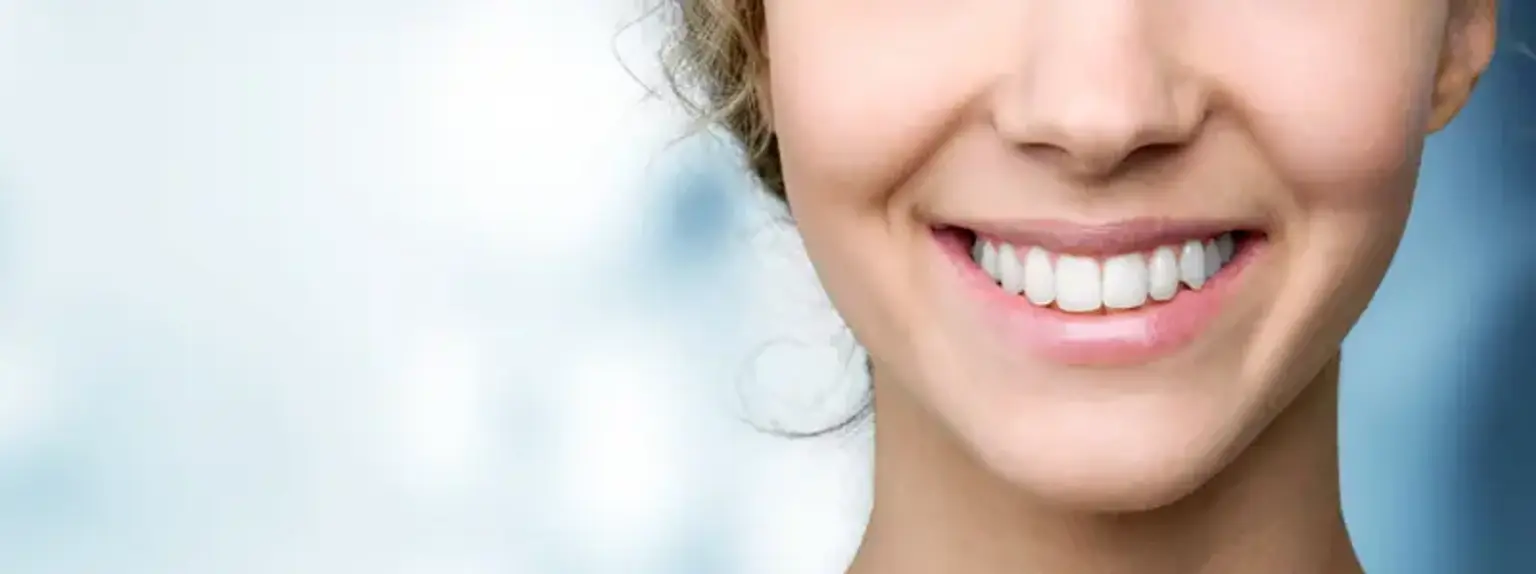Introduction
A protruded mouth, often characterized by an overbite or misaligned jaw, can significantly affect both appearance and functionality. This condition, where the upper teeth and jaw extend further than the lower teeth, can impact speech, chewing, and overall oral health. Beyond the functional concerns, many individuals seek treatment for aesthetic reasons, aiming to improve their facial appearance and self-confidence.
Protruded mouth correction has become a widely sought-after procedure globally, with advancements in surgical and non-surgical treatments making it more accessible than ever. Understanding the options available can help individuals make informed decisions about their treatment, whether they are seeking minor adjustments or a more comprehensive solution.
What is a Protruded Mouth?
A protruded mouth typically involves the upper jaw and teeth extending outward compared to the lower jaw. It can manifest in two primary ways:
Overbite: The upper teeth overlap the lower teeth too much.
Overjet: The upper teeth stick out too far beyond the lower teeth.
This misalignment can occur due to genetic factors, childhood habits, or developmental issues during growth. While a slight protrusion may be barely noticeable, more severe cases can lead to speech problems, difficulty eating, and a lack of self-esteem due to facial appearance.
In more extreme cases, the misalignment can affect the temporomandibular joint (TMJ), leading to jaw pain, headaches, and other discomforts. A protruded mouth can also cause uneven wear on the teeth, which may eventually lead to further dental issues.
